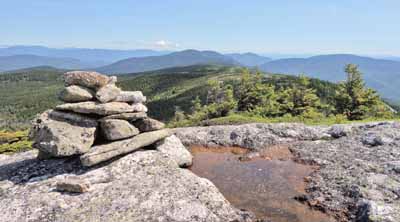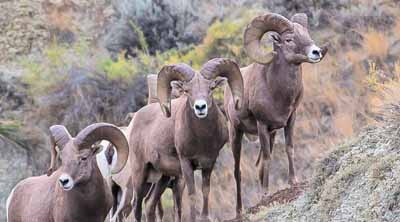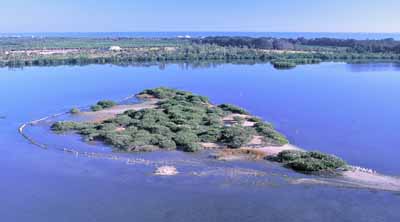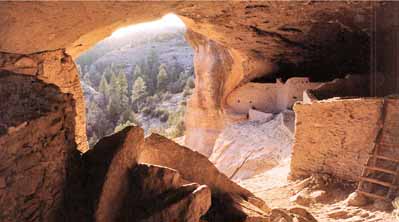WILDERNESS
Consultants
Landres, P.B. US Forest Service, Rocky Mountain Research Station, Leopold Wilderness.
General References
Fox, S.; Phillippe, C.; Hoover, V.; Lambert, L., eds. 2015. Celebrating the 50th Anniversary of the Wilderness Act, Proceedings of the National Wilderness Conference. 364 p. http://www.wilderness.net/toolboxes/documents/50th/National_Wilderness_Conference_Proceedings_2014.pdf. (April 1, 2016).
Landres, P.; Barns, C.; Boutcher, S.; Devine, T.; Dratch, P.; Lindholm, A.; Merigliano, L.; Roeper, N.; Simpson, E. 2015. Keeping it wild 2: an updated interagency strategy to monitor trends in wilderness character across the National Wilderness Preservation System. Gen. Tech. Rep. RMRS-GTR-340. Fort Collins, CO: U.S. Department of Agriculture, Forest Service, Rocky Mountain Research Station. 114 p.
Wilderness Act of 1964; 16 U.S.C. 1121 (note), 1131-1136.
Map
Wilderness.net. 2016. Wilderness boundary data. http://www.wilderness.net/NWPS/geography. [Date accessed unknown].
Photo credits
1990, Caribou-Speckled Mountain Wilderness, New Hampshire, USFS: Sean Munson, flickr.com
2012, Upper Missouri River Breaks National Monument, Montana, BLM: Bob Wick, BLM; flickr.com
1970, Charon’s Garden Wilderness Area, Oklahoma, FWS: Justin Meissen, flickr.com
1980, Wrangell-Saint Elias Wilderness, Alaska, NPS: Jacob W. Frank, flickr.com
1970, Pelican Island National Wildlife Refuge, Florida, FWS: George Gentry; digitalmedia.com
1924, Gila Wilderness, New Mexico, USFS: [Author unknown]; wikimedia.org






